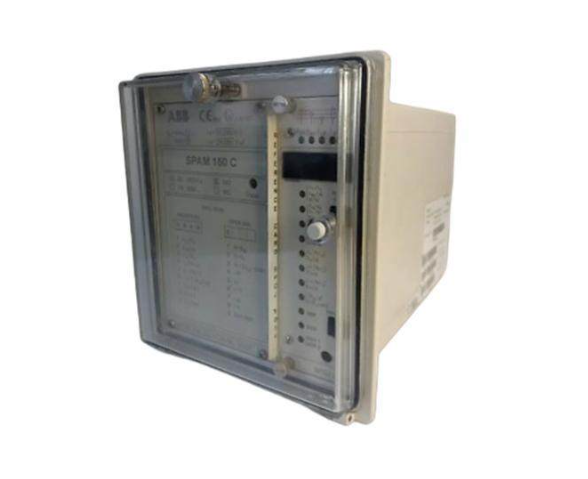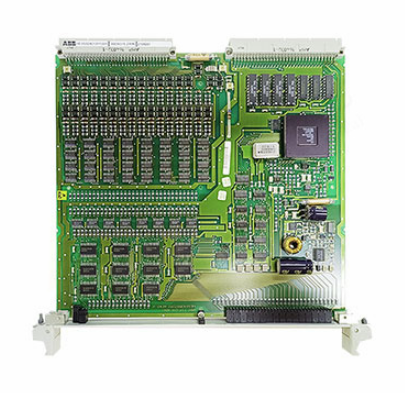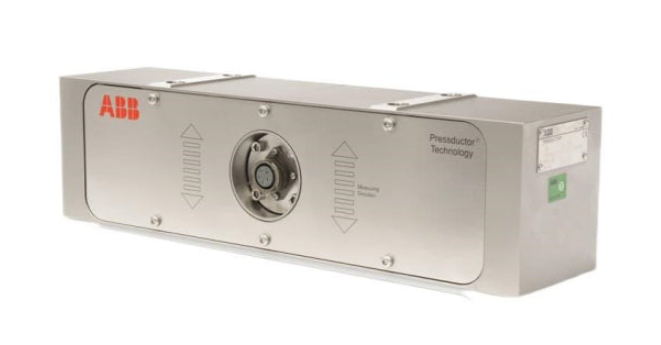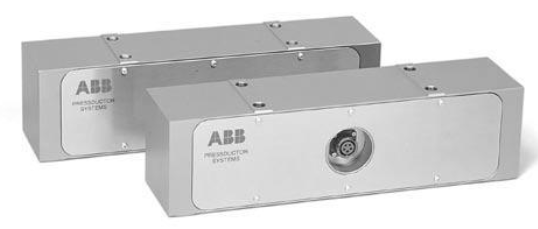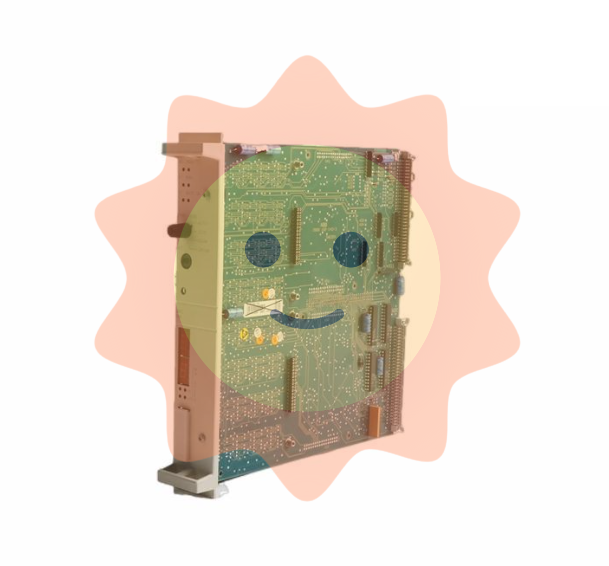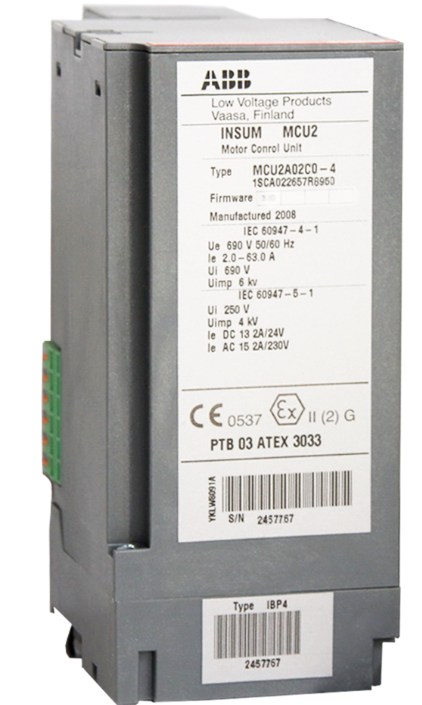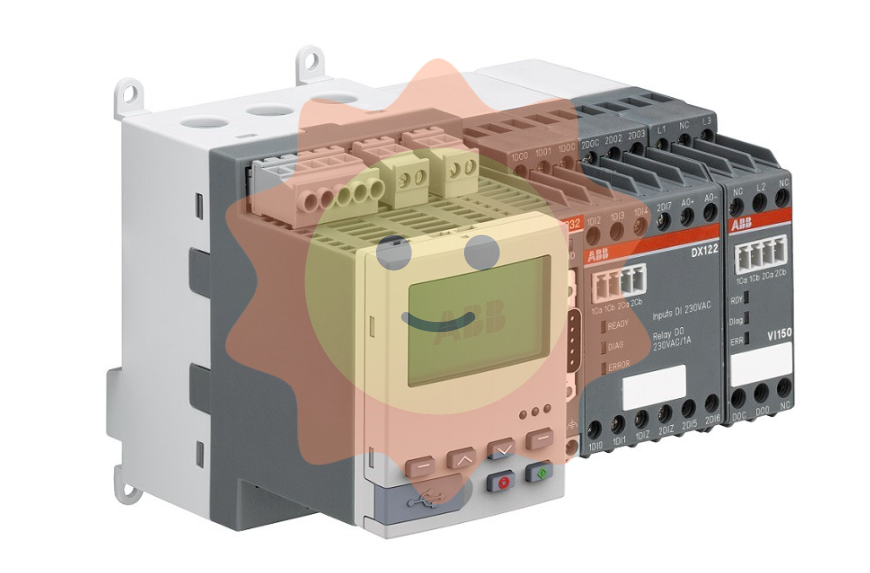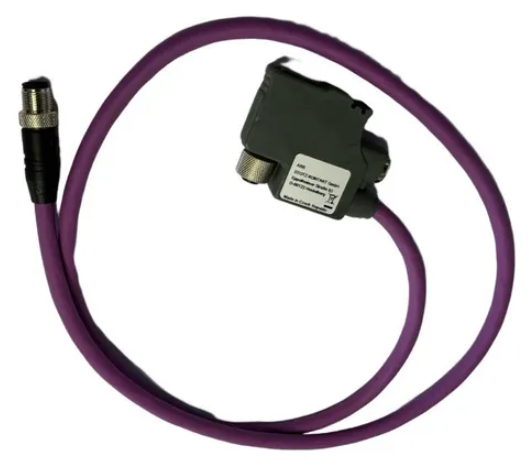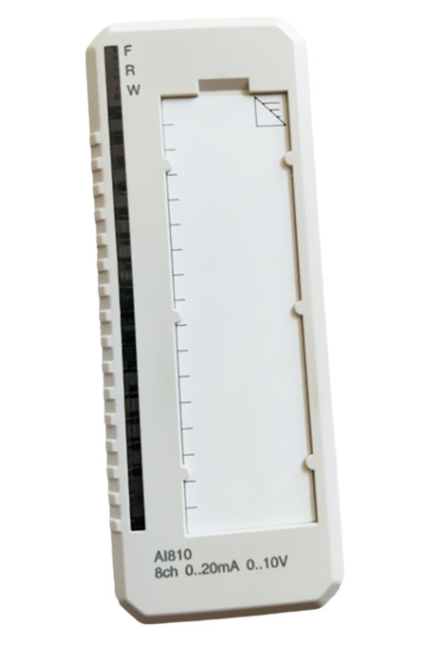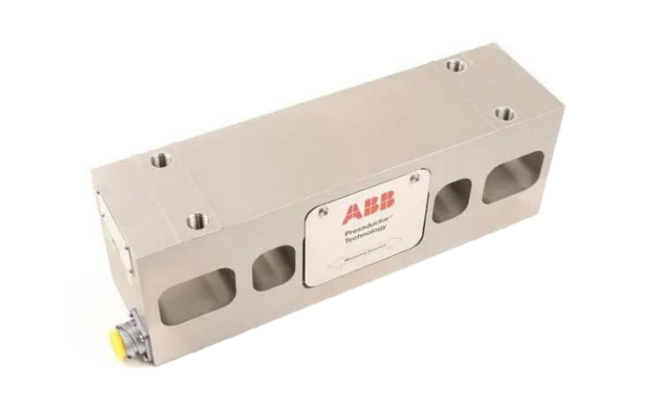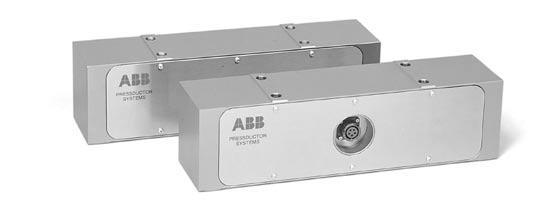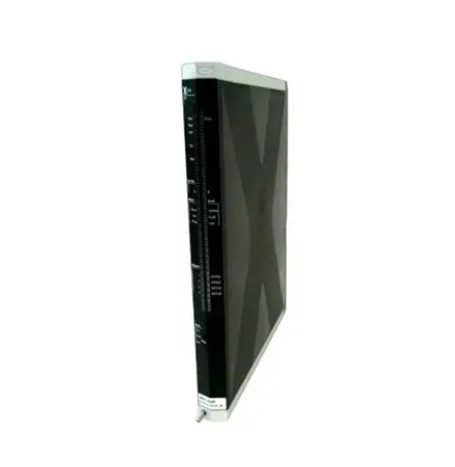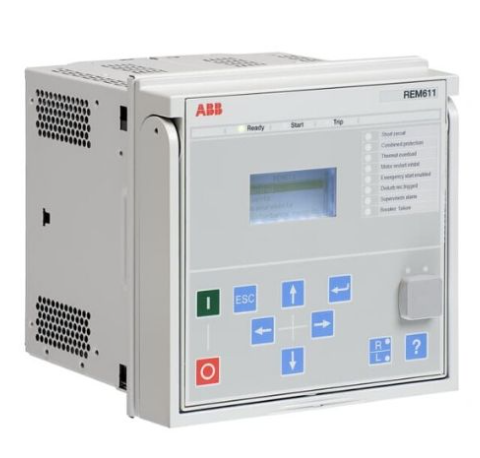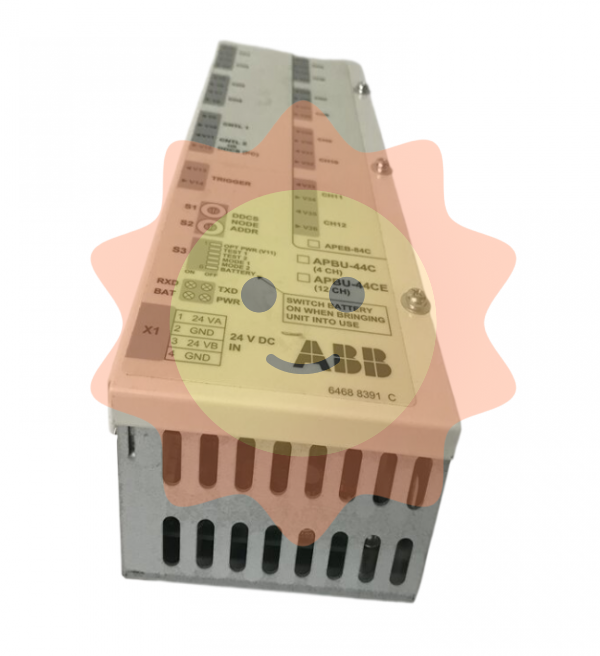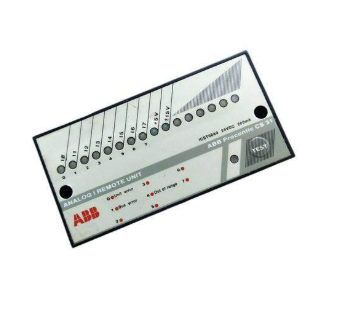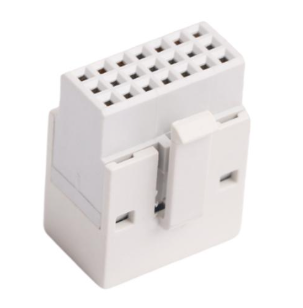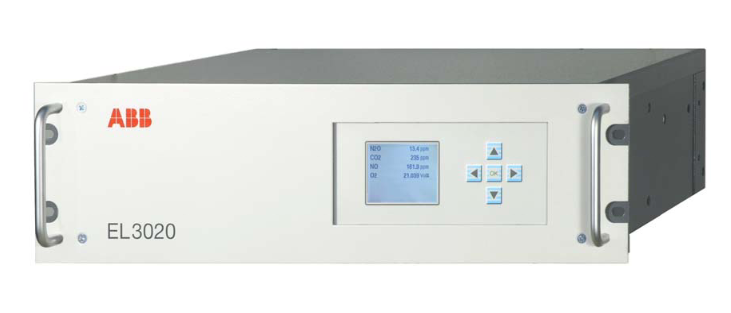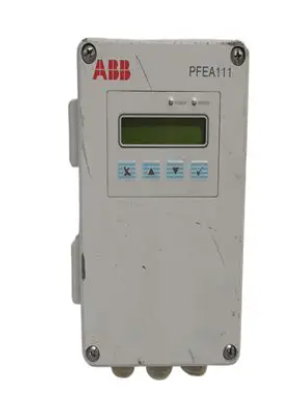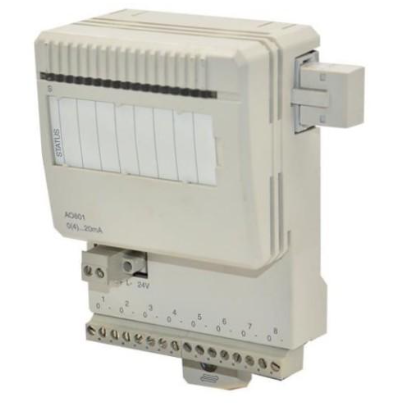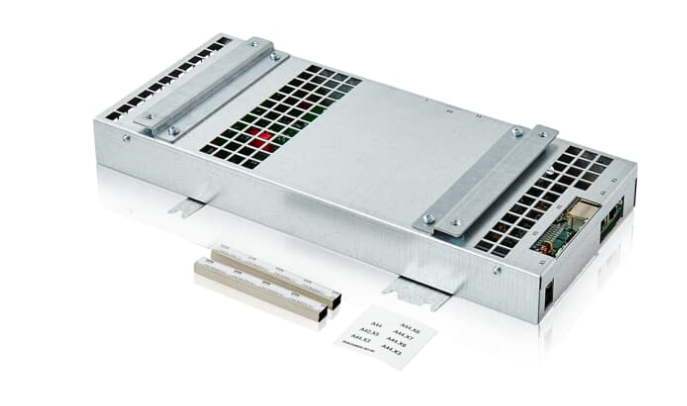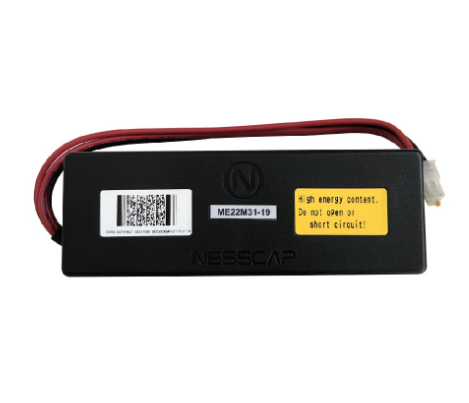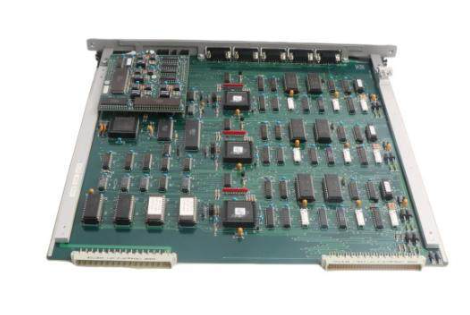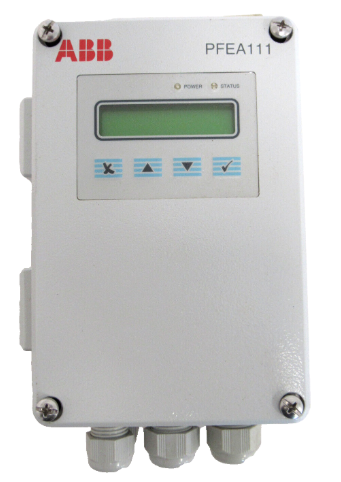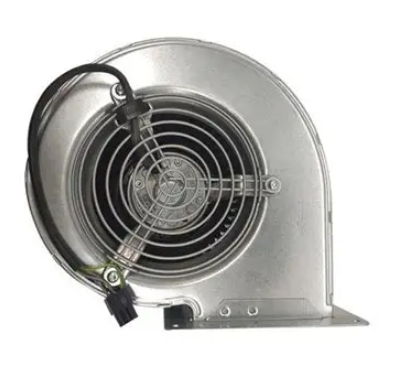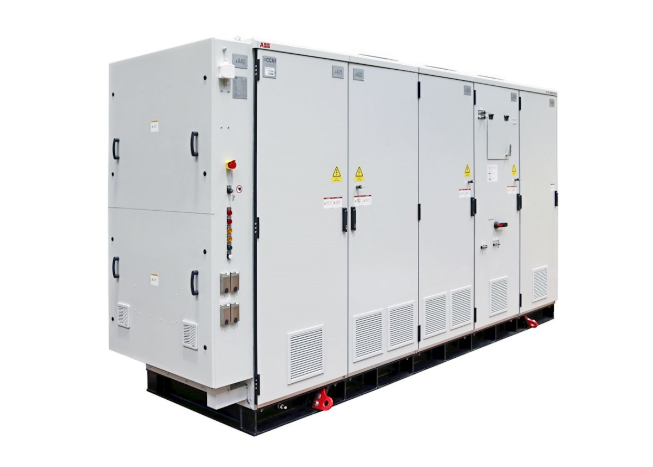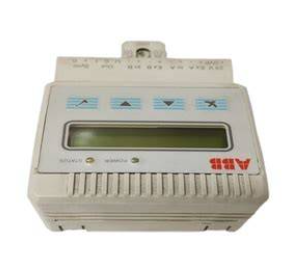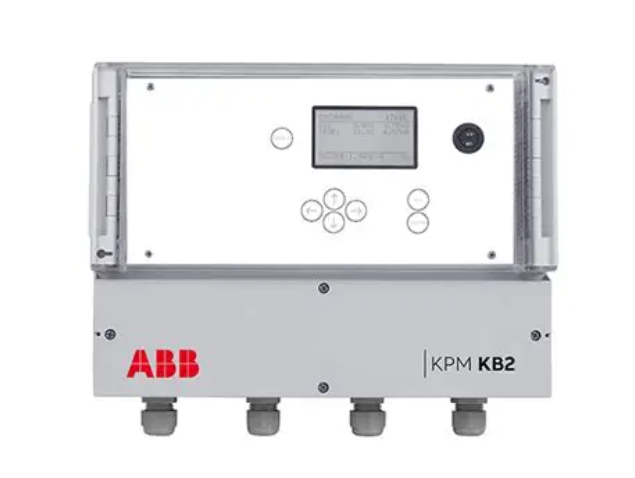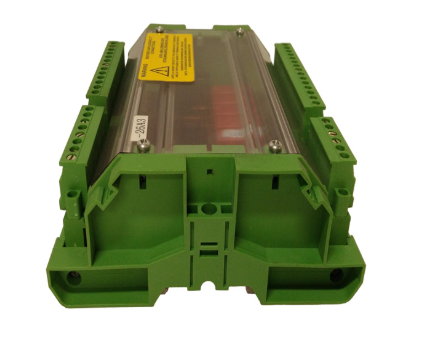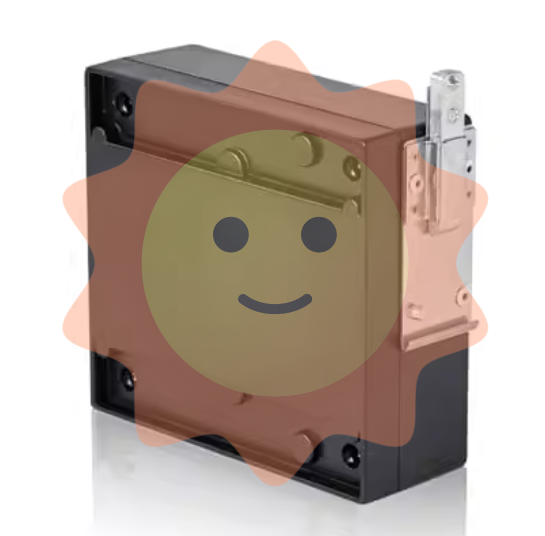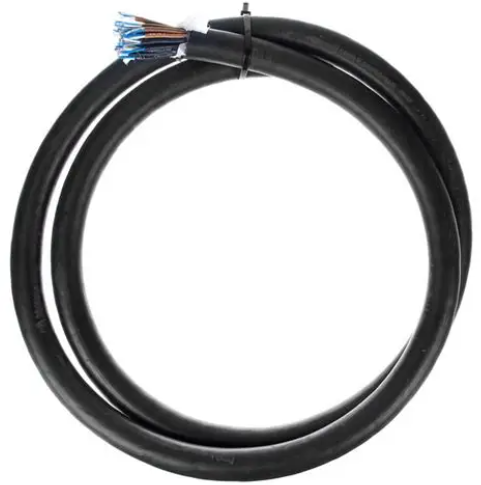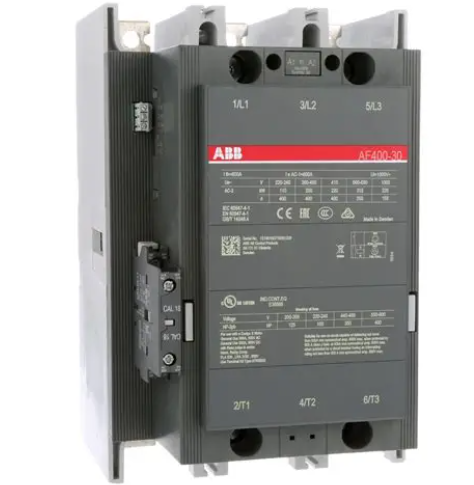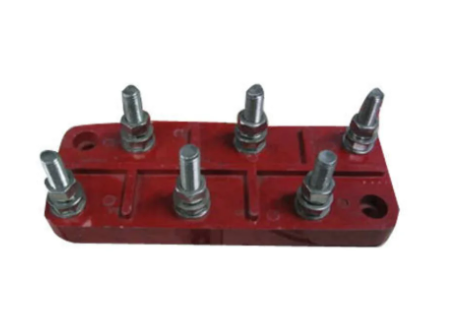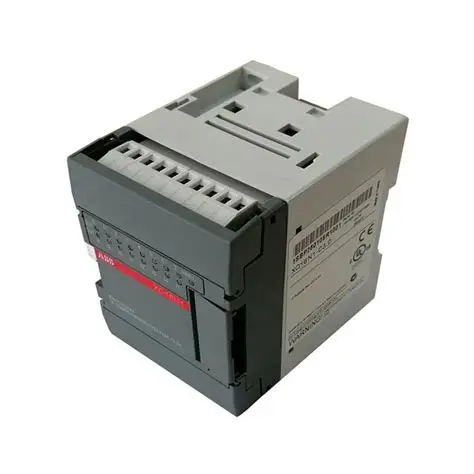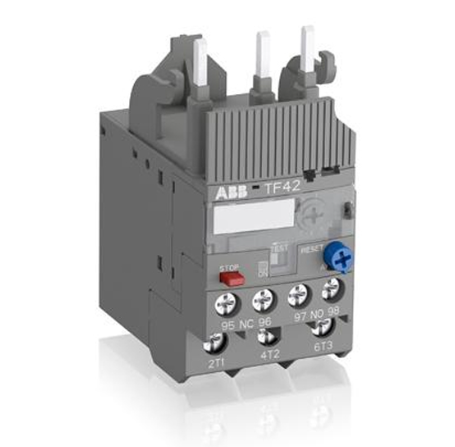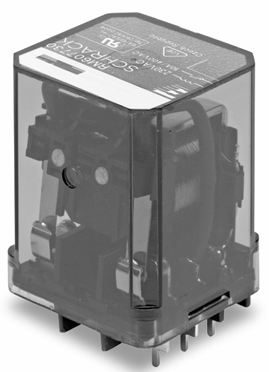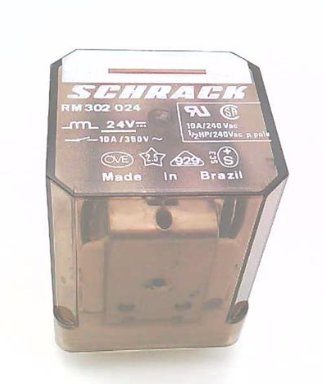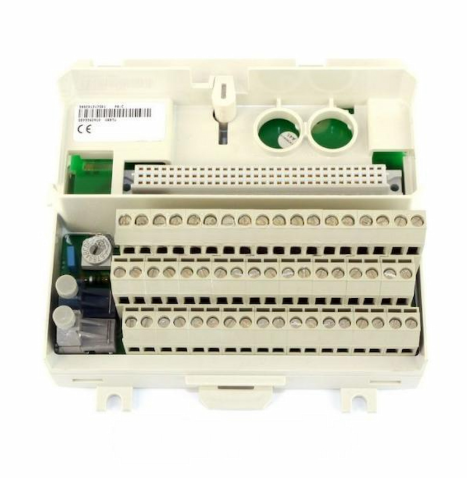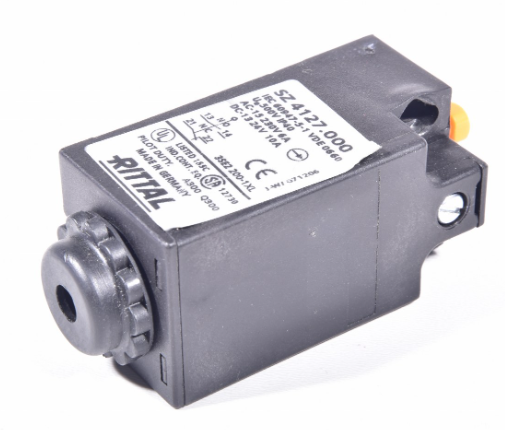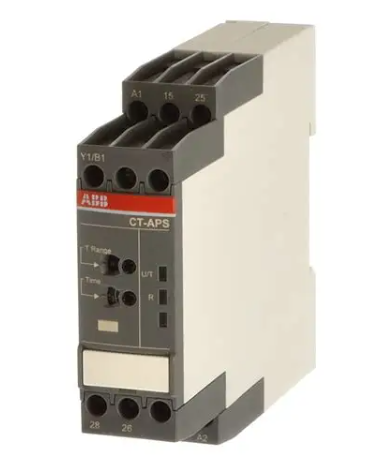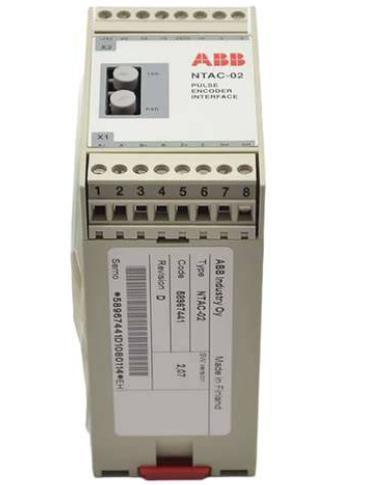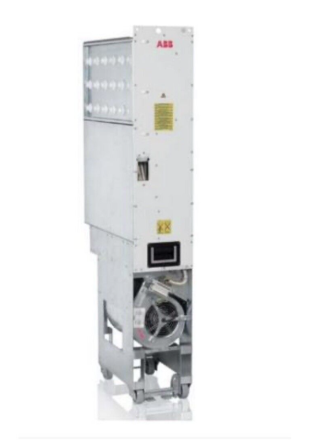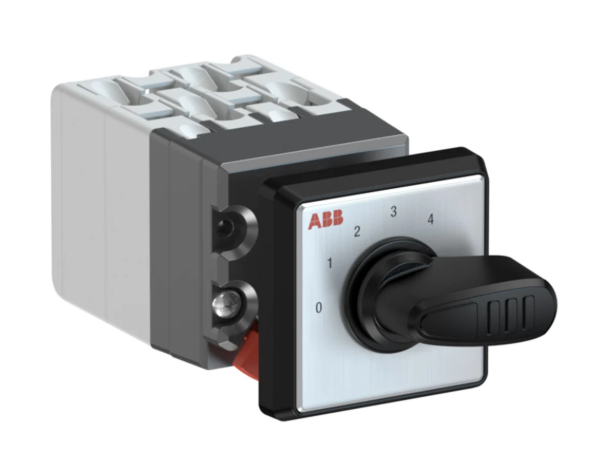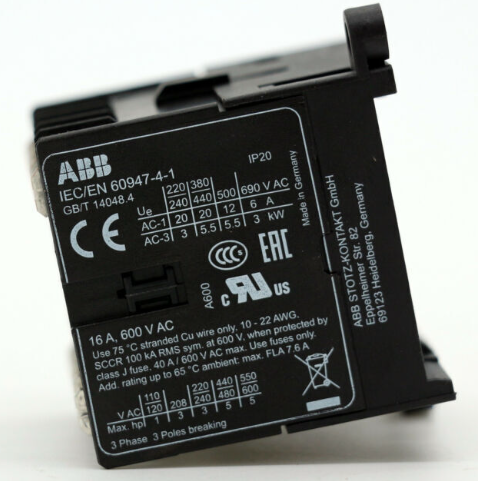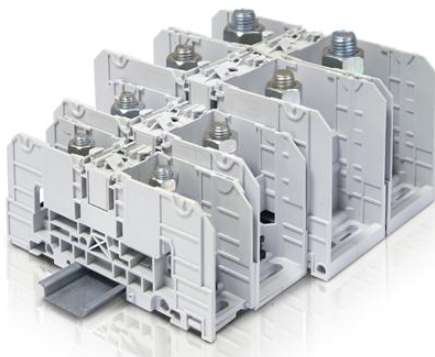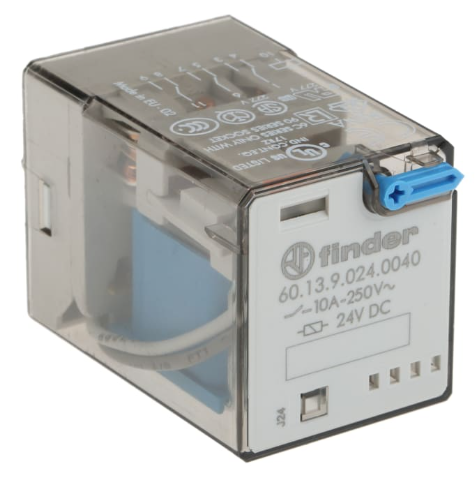Process and type of coking wastewater treatment
At present, the whole world is facing the severe situation of water shortage and water quality deterioration, and water pollution has become one of the important environmental problems facing the world today. China's per capita water resources are only 0.24 million m³, only 1/4 of the world's per capita water resources, is one of the world's 12 water-poor countries, so strengthen the control of new pollution sources, improve the treatment conditions of old pollution sources, in order to fundamentally change the deterioration of water quality in our country. Today, I will introduce to you the treatment of coking wastewater.

Coking wastewater treatment has always been a major problem in the field of sewage treatment at home and abroad. The composition of pollutants in wastewater is complex, containing heterocyclic compounds such as volatile phenols, polycyclic aromatic hydrocarbons and oxygen, sulfur and nitrogen, which is a high concentration organic industrial wastewater that is difficult to biodegrade. At present, coking wastewater treatment generally needs to be pre-treated, secondary treatment and advanced treatment before it can be discharged up to standard. The pretreatment techniques of coking wastewater include anaerobic acidification, gas flotation and coagulation precipitation. There are many secondary treatment methods, such as biochemical method, physical method, chemical method and physico-chemical method. The advanced treatment techniques of coking wastewater include chemical oxidation, break point chlorination, flocculation and precipitation combined with chlorination, adsorption filtration combined with ion exchange, etc. But at present, the most commonly used method is to carry out multi-stage biological aeration treatment of coking wastewater after oil removal by oil trap and secondary gas flotation tank, and then further treatment by oxidation pond or adsorption method before discharge. 1. Source of wastewater。
Coking wastewater is an industrial wastewater containing volatile phenols, polycyclic aromatic hydrocarbons, oxygen, sulfur, nitrogen and other heterocyclic compounds produced in the process of high temperature distillation, purification and by-product recovery of coke and gas. It is a kind of industrial organic wastewater with high CODcr, high phenol value, high ammonia nitrogen and difficult to treat. Its main sources are three: first, the residual ammonia water, which is produced in the coal distillation and gas cooling wastewater, its water volume accounts for more than half of the total coking wastewater, is the main source of coking wastewater; The second is the waste water produced in the process of gas purification, such as gas cold water and crude benzene separation water; The third is the waste water produced in the refining process of tar, crude benzene and other occasions. 2, wastewater characteristics

The pollutants contained in coking wastewater include phenols, polycyclic aromatic compounds and heterocyclic compounds containing nitrogen, oxygen and sulfur, etc. It is a typical industrial wastewater containing organic compounds that are difficult to degrade. The easily degradable organic compounds in coking wastewater are mainly phenolic compounds and benzene compounds, and arsenic, naphthalene, furan and imitazole belong to the degradable organic compounds. The main organic compounds that are difficult to degrade are pyridine, carbazole, biphenyls, triphenyls and so on.
The quality of coking wastewater varies greatly due to the different process flow and production operation mode of each plant. The quality of ammonia wastewater in general coking plants is as follows: CODcr3000-3800mg /L, 600-900mg /L of phenol, 10mg /L of cyanide, 50-70mg/L of oil, and about 300mg/L of ammonia nitrogen. If CODcr is calculated according to 3500mg /L, ammonia nitrogen is calculated according to 280mg/L, then at least 0.65kgCODcr and 0.05kg ammonia nitrogen can be produced per ton of coke, the national machine coke production is 70 million tons, then 45,500 tons of CODcr and 3500 tons of ammonia nitrogen can be produced annually, if the sewage is not treated, How much pollution will be caused to the environment. 3. Wastewater treatment methods
At present, there are many ways to treat the waste water of coking plant, and the first way should consider the treatment of coking waste water comprehensively. If the plant site is selected when the plant is built, the wastewater treatment program should be demonstrated, and the upper, lower and surrounding conditions of the plant site should be fully considered, and it should not be located near the water source and places with special requirements; Whether the treated water can be sent to the nearby coal washing plant, the integrated wastewater treatment plant of the iron and steel plant, and the urban sewage treatment plant to make the wastewater treatment plan more reasonable is also a problem that must be considered.
Secondly, the wastewater treatment can not be considered only, but should be unified with the gas purification process to consider the design scheme. Starting from the device that produces the waste water, each process is designed according to the requirements, reducing the burden of the final waste water treatment device. For example, Shanghai Baosteel Phase III project will be ammonia distillation section and wastewater treatment combined into a workshop, so that it can meet the standards of discharge.
- EMERSON
- Honeywell
- CTI
- Rolls-Royce
- General Electric
- Woodward
- Yaskawa
- xYCOM
- Motorola
- Siemens
- Rockwell
- ABB
- B&R
- HIMA
- Construction site
- electricity
- Automobile market
- PLC
- DCS
- Motor drivers
- VSD
- Implications
- cement
- CO2
- CEM
- methane
- Artificial intelligence
- Titanic
- Solar energy
- Hydrogen fuel cell
- Hydrogen and fuel cells
- Hydrogen and oxygen fuel cells
- tyre
- Chemical fiber
- dynamo
- corpuscle
- Pulp and paper
- printing
- fossil
- FANUC
- Food and beverage
- Life science
- Sewage treatment
- Personal care
- electricity
- boats
- infrastructure
- Automobile industry
- metallurgy
- Nuclear power generation
- Geothermal power generation
- Water and wastewater
- Infrastructure construction
- Mine hazard
- steel
- papermaking
- Natural gas industry
- Infrastructure construction
- Power and energy
- Rubber and plastic
- Renewable energy
- pharmacy
- mining
- Plastic industry
- Schneider
- Kongsberg
- NI
- Wind energy
- International petroleum
- International new energy network
- gas
- WATLOW
- ProSoft
- SEW
- wind
- ADVANCED
- Reliance
- YOKOGAWA
- TRICONEX
- FOXBORO
- METSO
- MAN
- Advantest
- ADVANCED
- ALSTOM
- Control Wave
- AB
- AMAT
- STUDER
- KONGSBERG
- MOTOROLA
- DANAHER MOTION
- Bently
- Galil
- EATON
- MOLEX
- Triconex
- DEIF
- B&W
- ZYGO
- Aerotech
- DANFOSS
- KOLLMORGEN
- Beijer
- Endress+Hauser
- MOOG
- KB
- Moxa
- Rexroth
- YAMAHA
- Johnson
- Westinghouse
- WAGO


Email:wang@kongjiangauto.com


